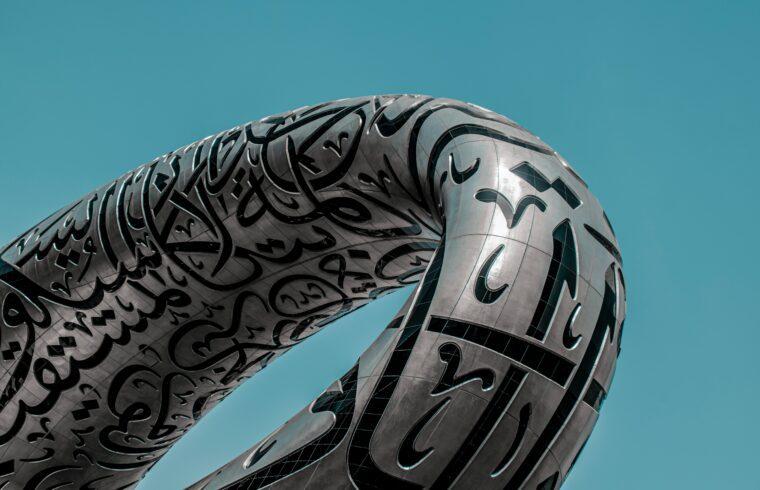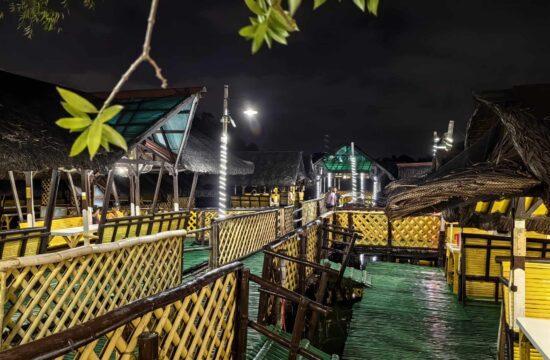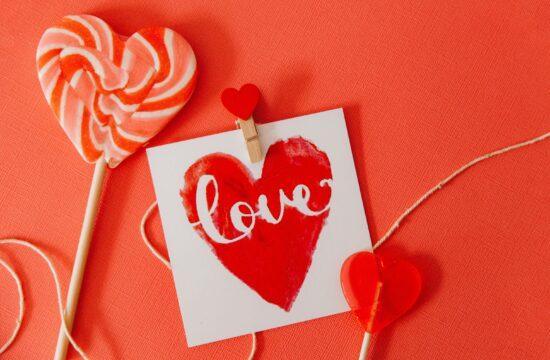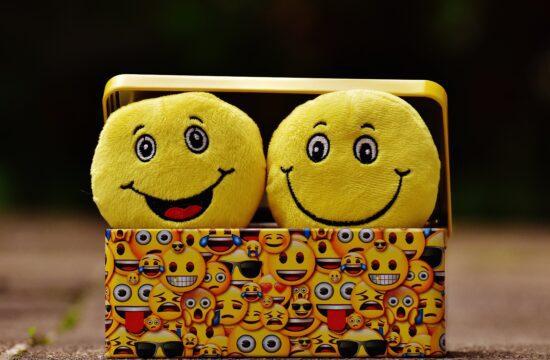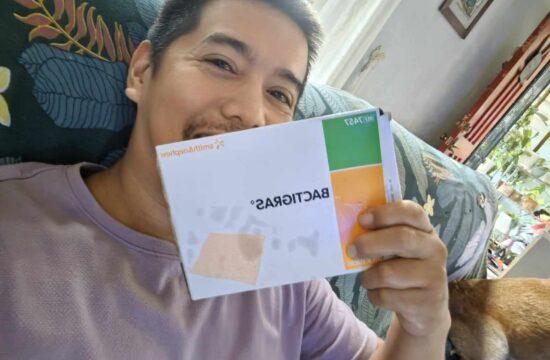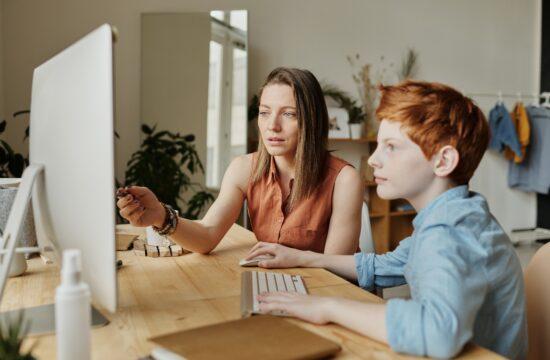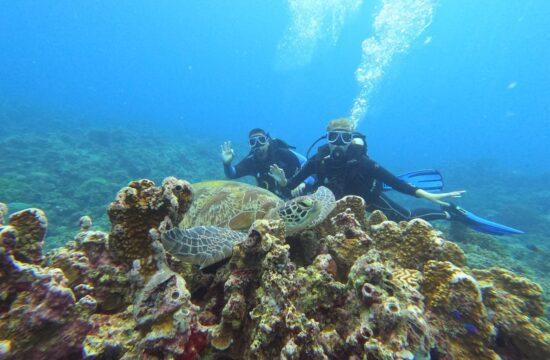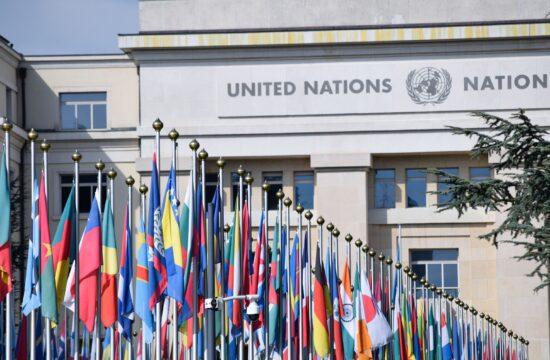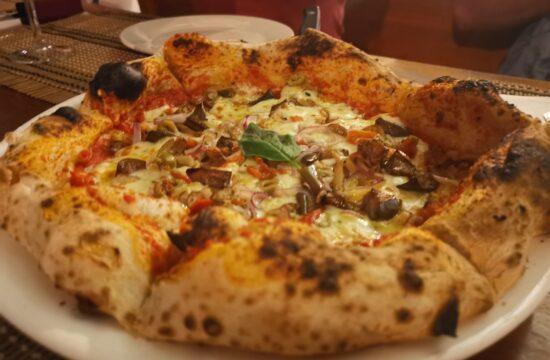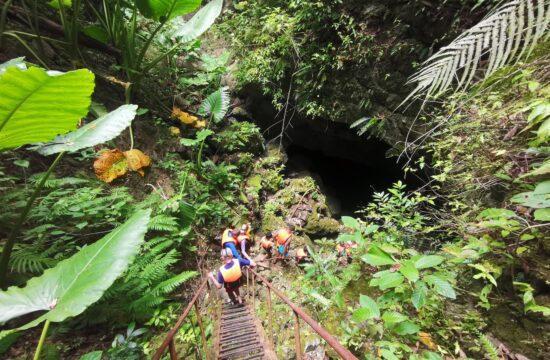Dubai is a vibrant city that is renowned for its numerous art galleries and museums, which offer a glimpse into the rich Arabic heritage and culture that have shaped the city’s identity since its founding. These museums are an ideal way to gain a deeper appreciation of the city’s origins as a nomadic trading and fishing village established in the 17th century and how ancient traditions and culture have contributed to its current status as a representation of 21st-century futuristic aspirations, leadership, unity, and a melting pot of cultures.
Below are some of the best museums in Dubai that visitors can explore to learn about the city’s rich history and culture:
The Museum of Future
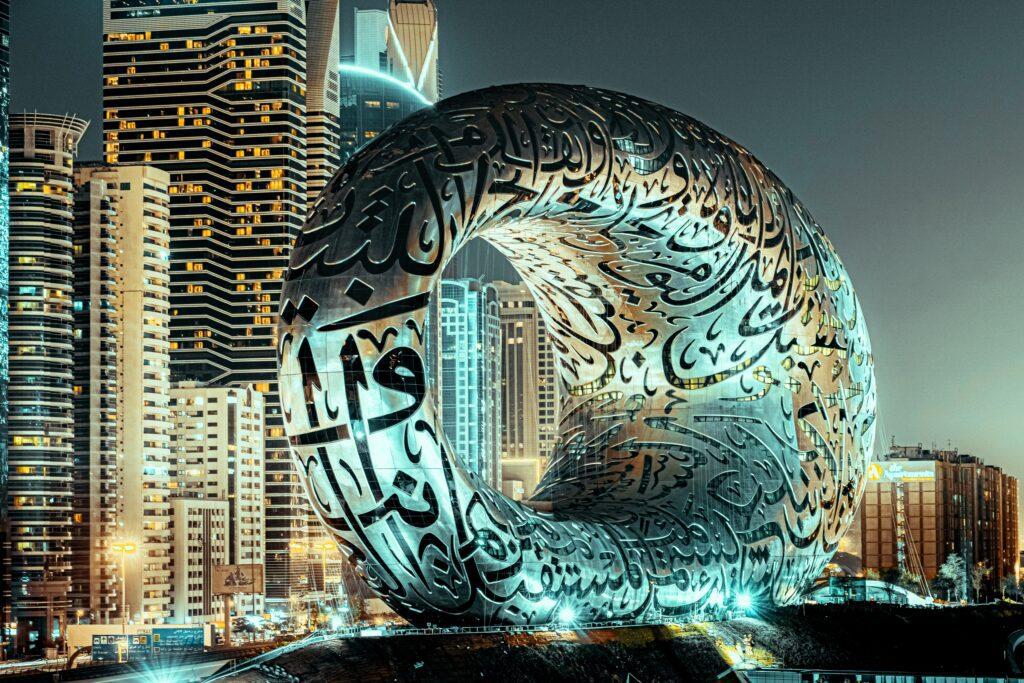
The Museum of the Future is a groundbreaking project of the Dubai Future Foundation that takes a forward-looking approach to sustainable living in the future. The museum is a breathtaking work of art that features publications, exhibits, a theater, and attractions that highlight potential futures and provide solutions to current problems. Visitors can interact with this revolutionary technology, explore every floor of the museum, and experience a fully immersive trip into the future. The museum is brought to life by skilled storytellers, techies, and forward-thinking artists, and is built to look like a big, interactive movie set.
The Museum of Illusions
The Museum of Illusions is a must-visit attraction in Dubai that offers visitors a wide range of mind-blowing visual experiences. With over 80 interactive exhibits distributed across 450 square meters, the museum provides both adults and kids with the opportunity to enjoy various illusions, exhibitions, and brain teasers. Visitors can explore the fascinating and informative games and puzzles that will both stump their brain and make them laugh a lot. The museum gift shop also sells 3-D conundrum games, lightning globes, and mementos.
The Pearl Museum

This museum in Dubai houses some of the rarest pearls in the world, which is connected to Dubai’s history as a hamlet where pearls were farmed. Sultan Al Owais was a notable pearl collector in the 1970s, and the pearls he amassed are now kept among the exhibits in the museum. The museum depicts the life of famous divers and sailors and the tools they used during the discovery of pearls and other precious materials from the depths of the oceans, in addition to its outstanding collections of pearls as standalone pieces of jewelry or jewelry composed of these materials.
Etihad Museum
The history of how the UAE’s seven founding fathers established the nation’s political framework is chronicled in the Etihad Museum. The enormous rooms of this museum in Dubai employ images and 3-D videos to illustrate historical events including the discovery of oil, the opening up of trade, and the possessions of the ruling family. The museum has a library, theatre, and recreation area for interactive programs. The golden seven columns of the entrance hall stand in for the pens used to sign the constitution, and the parabolic dome symbolizes the parchment on which the constitution was written. The building is connected to the Union House and the rebuilt guest house where the leaders stayed during the negotiations by a sizable patio made of white marble.
Coin Museum
The Coin Museum in Dubai is home to a significant collection of more than 470 different varieties of rare coins and paper currency that have been used in Dubai throughout the ages. The museum showcases nearly 500 rare coins from the Middle East, including Egypt, Turkey, and Morocco, as well as the rare Arab Sasanian coins from the Caliphate era (632 AD). Visitors can explore the museum’s eight rooms and digital displays that provide information on the coins, their historical context, and translations of the Arabic inscriptions.
Coffee Museum
The Coffee Museum, located at Al Fahidi historical hub, is housed in a typical Emirati villa. The moment you enter, the fresh aroma of freshly brewed coffee will amuse you. You can sample traditional Turkish and Ethiopian coffees while learning about the history of coffee, its early grinding techniques, the best coffee-making pots, roasters, and other key components needed to make aromatic, high-quality coffee.
The museum has on display a human-sized grinder used by a British king in the 18th century, as well as roasters, grinders, and cups and pots that date back more than 600 years. Additionally, there is a gift shop that offers coffee jewelry and a coffee shop that features hundreds of different varieties of beans.
